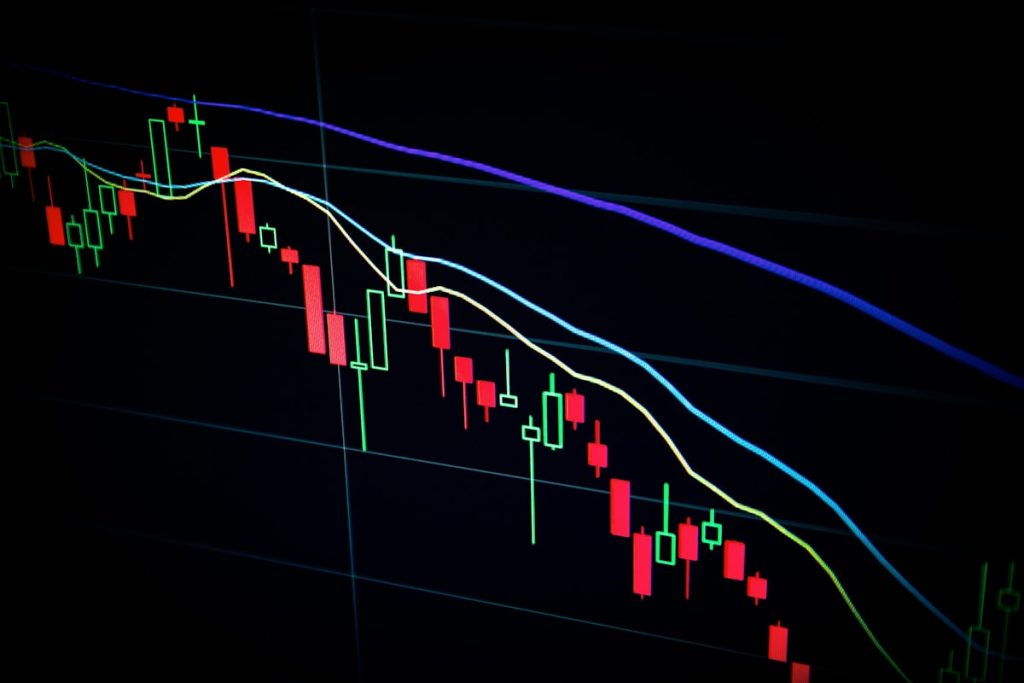Why the Stock Market Shrugged Off Weak Data and Recession Fears
Despite recent weak economic data and lingering concerns about a potential recession, the stock market has shown remarkable resilience. Investors have largely ignored negative signals, with major indices trending upward or holding steady. This divergence between economic indicators and market performance raises questions: Why are equities staying buoyant amid uncertainty? The answer lies in a mix of investor psychology, monetary policy expectations, and structural market dynamics.
Central Bank Policy Pivot Hopes
Markets are forward-looking, and many investors anticipate central banks easing monetary policy if growth slows significantly. Weak data—such as declining manufacturing activity or softening employment figures—often fuels speculation that the Federal Reserve, European Central Bank, and others might cut interest rates sooner than expected. Lower rates reduce borrowing costs for businesses and consumers, which can boost corporate earnings and asset valuations. This “bad news is good news” dynamic has historically driven rallies during periods of economic uncertainty.
Earnings Resilience and Tech Leadership
Corporate earnings have largely surpassed lowered expectations, particularly in the technology sector. Mega-cap companies like NVIDIA, Microsoft, and Amazon continue to report strong profitability driven by artificial intelligence adoption and cloud computing growth. Tech stocks now dominate major indices, meaning their outperformance can mask weakness in other sectors. Additionally, many firms have adapted to higher interest rates by cutting costs and improving efficiency, easing concerns about profit margins.
Market Sentiment and the Fear of Missing Out (FOMO)
Several behavioral factors are at play:
- Institutional investors face pressure to stay invested to avoid underperforming benchmarks
- Retail traders continue pouring money into index funds and megacap ETFs
- Historical patterns show markets often rebound before recessions officially end
This creates a self-reinforcing cycle where dips are quickly bought, reinforcing bullish sentiment.
Liquidity Overhang and Fiscal Support
Excess liquidity from pandemic-era stimulus programs remains in the financial system, with money market funds holding nearly $6 trillion in assets. Meanwhile, governments continue deploying fiscal measures like the U.S. CHIPS Act and infrastructure spending, which directly benefit publicly traded companies. This combination provides a buffer against economic weakness while encouraging risk-taking in equities.
Sector Rotation and Defensive Positioning
Investors aren’t ignoring risks entirely—they’re redistributing exposure. Money has flowed into sectors perceived as recession-resistant, including:
- Healthcare (aging population dynamics)
- Utilities (stable dividends)
- Consumer staples (essential goods demand)
This rotation helps maintain overall market stability even as cyclical sectors like industrials weaken.
The China Factor and Global Disinflation
Falling commodity prices—partly due to China’s economic slowdown—have eased inflation fears without yet causing a global demand collapse. This allows investors to focus on moderating price pressures rather than growth risks. Additionally, resilient emerging markets and recovering European economies provide alternative growth narratives offsetting U.S. concerns.
While the market’s optimism might seem disconnected from economic reality, it reflects calculated bets on policy support, technological disruption, and the timing of business cycles. However, this complacency could be tested if recessionary forces intensify without corresponding central bank action or earnings deterioration accelerates beyond current estimates.



